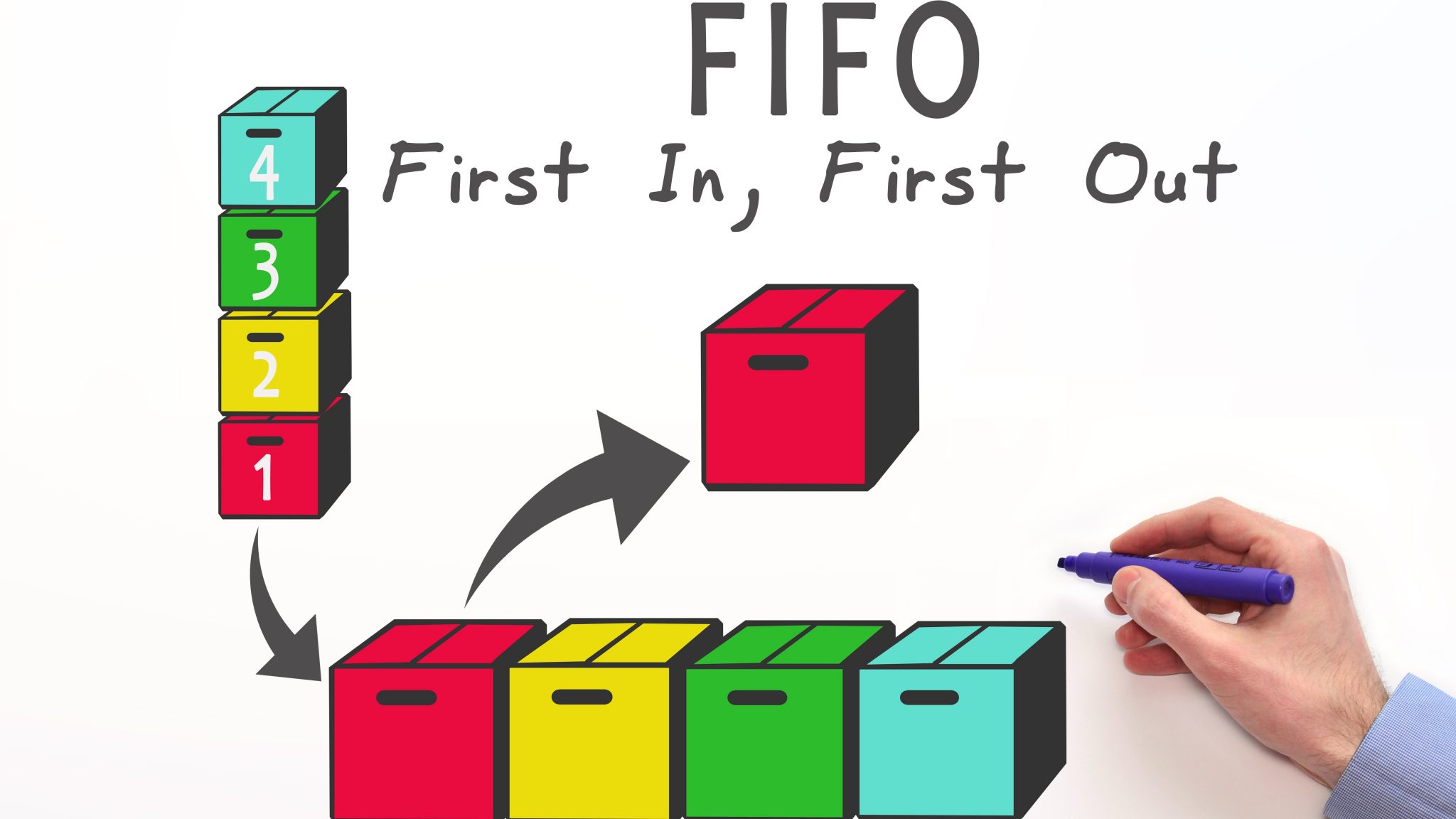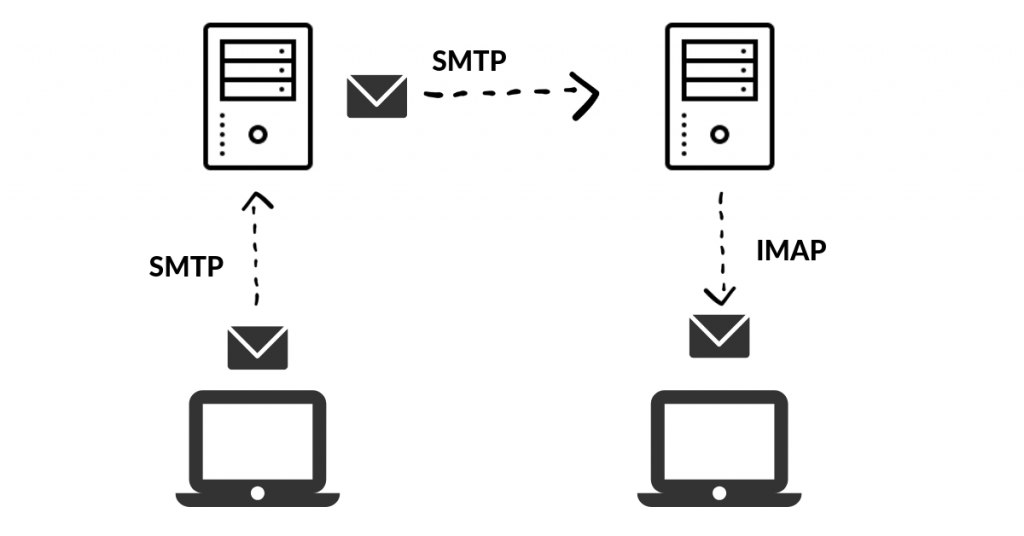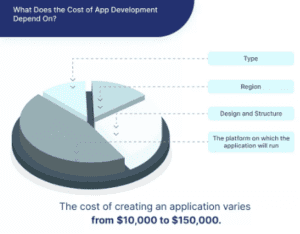Introduction:
What makes AWS SNS (also known as Simple Notification Service) a preferred choice for business?
With AWS SNS, users can easily send SMS or text messages to recipients in more than 200 countries without any minimum or upfront costs. Since it’s a cloud-based service, you only pay for the exact amount of usage you need, making it an even more attractive option.
Definition:
SNS, which stands for Simple Notification Service, is a web service that manages and coordinates the sending and delivery of messages to subscribed clients or endpoints.
Simple Notification Service
SNS also supports push notifications and offers both First-in, First-out, and Standard services. Additionally, it has a distinctive encryption feature that lets you secure sensitive data in encrypted topics.
Enlisted below will be several key terminologies you need to grasp for a better understanding of SNS Software:
- Topic: A picked topic name will appear as the topic’s showcase title.
- Publisher: Publishers or producers generate messages that are then transmitted to the SNS, which acts as a virtual gateway or entry point.
- Subscriber: Subscribers, such as web servers, email addresses, Amazon SQS queues, and AWS Lambda functions, receive notifications or messages from SNS via various protocols, including Amazon SQS, email, Lambda, HTTPS, and SMS.
Types of SNSs’ Topic:
A created subject is not susceptible to any possible future modifications.
There is a range of SNSs options to choose from.
For starters, there’s the:
Standard:
- Highest publish/second throughput.
- Subscription protocols include SQS, Lambda, HTTP, SMS, email, and endpoints for mobile applications.
- Message ordering is well-mended
- The system can handle many messages.
- Subscription options include SQS, Lambda, HTTP, SMS, email, and mobile app endpoints.
FIFO (First-in, First-out):

FIFO
- Ordering of strictly maintained messages
- Delivery of messages only once.
- High rate, up to 300 publishes per second
- SQS-applied Subscription guidelines
Below is a list of some of the SNS messages that are under common transmission.
- Application & System Alerts: If certain thresholds are reached, specific users will get automatic notifications via email or text message.
- Push email or text messaging: are either grouped or single messaging
Eg: News articles sent to the subscription-based readership
- Mobile Push notifications: directly sent to mobile applications
Eg: Notifications informing users about available app updates that they can install – “Update Installations” or battery warnings…
How It Works:
AWS SNS uses the Publisher-Subscriber model to send messages to its endpoints. Using Amazon SNS, you can filter the messages to a larger number of subscribers or endpoints through mobile messages, SMS, and email.
- Also known as a producer, publishers create and send messages to the AWS SNS service.
- Subscribers, on the other hand, receive published messages from the SNS service over supported network protocols like Amazon SQS, AWS Lambda, or HTTP/ HTTPS.
Shown below is an illustration of the various execution steps by AWS SNS.
Here are the exact implementation workflow steps by AWS SNS:
1) First, the publisher sends out the notifications in requirements that are to be on delivery to subscribers.
2) The messages are then on delivery to the SNS service, which has the following key components:
- SNS Topic – filter out the messages that have to be sent to different subscribers. As an AWS developer, you first need to create an SNS topic that acts as the access point for subscribers. Using the topic, subscribers can receive message notifications on their subject of selection.
- Message Filter – After being decoupled using topics, the SNS messages enter the message filter, which further filters the messages based on the subscriber’s selected policy. Post the policy checking and permissions, the messages are finally sent to the respective subscribers.
3) The subscriber receives the message through subscribing queues or microservices. Subscribers provide useful information such as URL address, email address, or phone number in order to receive the message.

How SNS Work
How To Create SNS:
Amazon SNS Dashboard
Step 1: Go to the Amazon SNS dashboard. Click on Create Topic button.
Step 2: Type in the name of the topic and description( optional )
Step 3: Type in the key value of the tag which is completely optional. Click on Create the Topic.
Step 4: Congratulations!! The topic is now a successful creation.
Step 5: Go back to the SNS dashboard. The created topic is visible in the dashboard now. Click on the link to the topic.
Step 6: You will be redirected to this page. Under subscription options, Click on Create subscription.
Step 7: Select the Protocol of the topic as Email and the endpoint of the topic as your email id. Click on create a subscription.
Step 8: Now go to the mailbox of the mentioned email id and click on Confirm subscription.
Step 9: You will be directed to this page. Your subscription will soon receive confirmation.
SNS Software Features:
Simple Notification Service (SNS) software offers a variety of features designed to simplify the process of sending messages and notifications to individuals or groups. The listed below attributes will explain its widely-used popularity:
- Automatic Scaling: It can handle scaling more messages’ volumes as needed without any manual adjustment.
- Message Encryption: SNS encrypts topics to safeguard messages from unauthorized access and decrypts them upon delivery to the intended endpoints.
- Message Filtering: Subscribed users can self-customize a filter policy, that fits their interests
- Message Fanout: Fanout occurs when a message is sent to a topic and then copied and sent to multiple endpoints. This allows for asynchronous event notifications, enabling parallel processing.
- Mobile Notification: Activation of the fanout feature can be triggered by user actions in an application or cloud-based business logic. Fanout also allows for the cost-effective distribution of mobile push notifications across a range of devices, including iOS, Android, Fire OS, Windows, and Baidu-based devices.
- SNS & Email Messages: Amazon SNS also sends text messages and email notifications (SMTP).

SMTP
SNS Software Benefit:
Here are some key benefits of using SNS software:
- Connectivity and Communication: SNS software allows individuals to connect and communicate with friends, family, colleagues, and like-minded individuals across the globe. It provides a platform for instant messaging, sharing updates, photos, and videos, and engaging in real-time conversations.
- Networking and Relationship Building: SNS software enables individuals to expand their social and professional networks by connecting with new people who share similar interests or professional backgrounds. It facilitates relationship building, networking opportunities, and the exchange of ideas and information.
- Information Sharing and Discovery: SNS software serves as a hub for sharing and discovering information. Users can share articles, news, opinions, and personal experiences, allowing others to learn and gain insights. It also provides a means for users to discover new content, trends, and perspectives shared by their connections.
- Promoting Business and Personal Branding: SNS software offers businesses and individuals a platform to promote their products, services, or personal brand. It allows businesses to reach a wider audience, engage with customers, and build brand awareness. Individuals can showcase their expertise, talents, and achievements, opening up opportunities for collaborations or career advancements.
- Real-time Updates and Notifications: SNS software keeps users updated in real time about the activities, updates, and events of their connections. It provides notifications for new messages, comments, likes, and other relevant updates, ensuring users stay connected and informed.
Amazon SNS Alternatives:
While Amazon Simple Notification Service (SNS) is a popular and reliable option for sending push notifications and messages, there are several alternatives available. Here are a few notable alternatives to Amazon SNS:
- Firebase Cloud Messaging (FCM): FCM, a product of Google, is a widely popular cross-platform messaging solution. It provides a reliable and scalable infrastructure for sending push notifications to iOS, Android, and web applications.
- Twilio Programmable SMS: Twilio offers a comprehensive communication platform that includes Programmable SMS, allowing you to send SMS messages to users around the world. It provides APIs and tools for integrating messaging capabilities into your applications.
- OneSignal: OneSignal is a free and user-friendly push notification service that supports multiple platforms, including iOS, Android, and web browsers. It offers features like segmentation, personalization, and automated messaging.
- Pusher: Pusher is a real-time communication platform that enables you to send push notifications and messages to mobile and web applications. It provides simple and reliable APIs for integrating push functionality into your apps.
- IBM Cloud Push Notifications: IBM Cloud Push Notifications is a service under IBM Cloud. It allows you to send targeted and personalized push notifications to iOS and Android devices. It also provides analytics and engagement tracking features.
- Azure Notification Hubs: Azure Notification Hubs is a scalable and versatile push notification service provided by Microsoft Azure. It supports multiple platforms and provides features like audience targeting, tag-based routing, and message templates.
These alternatives offer varying features, pricing structures, and integration options. It’s recommended to evaluate each option based on your specific requirements and choose the one that best suits your needs.
Amazon SNS Pricing:
Amazon SNS pricing is based on various factors, including the type of message delivery, message size, and the region where the service is used. Here is a general overview of Amazon SNS pricing:
- Message Delivery: Amazon SNS offers different pricing tiers based on the destination of the messages:
– Messages published to Amazon Simple Queue Service (SQS), AWS Lambda, or Amazon Kinesis Data Firehose: $0.50 per million requests.
– Messages published directly to HTTP, HTTPS, email, SMS, mobile push, or Amazon Simple Notification Service (SNS) endpoints: $0.06 per million requests.
- Message Size: The size of the messages also affects the pricing. Amazon SNS charges based on the size of the message payload, including headers and any applicable metadata. The pricing is as follows:
– Messages up to 64 KB: $0.50 per million requests.
– Messages over 64 KB: $0.50 per million requests plus $0.09 per additional 64 KB chunk.
- Additional Charges: There are additional charges for certain optional features:
– Message Filtering: $0.50 per million filtering operations.
– Message Attributes: $0.50 per million message attributes sent or received.
It’s important to note that these prices are subject to change, and it’s highly advisable to refer to the official Amazon SNS Pricing page for the most up-to-date and detailed information.
Conclusion:
By utilizing Amazon Simple Notification Service (SNS), it becomes possible to send relevant messages to subscribers or endpoints. This service operates on the publisher-subscriber model and is popular for its high availability and scalability, making it suitable for distributing push messages to various systems, microservices, and serverless applications.
Contact us for further consultation!





